
It’s a good time to be a Sonic fan. Not only is Sonic the Hedgehog 2 the most successful video game film adaptation of all time, old-school fans have Sonic Origins to look forward to in June, a compilation celebrating his all-time 16-bit classics (most importantly, Sonic 3 & Knuckles), while there’s cautious optimism over the upcoming ‘open-zone’ Sonic Frontiers later this year (if it doesn’t get delayed like everything else). You’d be forgiven for forgetting that the hedgehog had a pretty rough patch not long ago.
Confession time: despite being a card-carrying SEGA fanboy in the ‘90s with Sonic posters and duvets, I actually skipped out on the hedgehog’s wayward years. Partly it was because I took a long hiatus from gaming around the same time as uni and life in general got in the way. Even when I did start playing games again and naturally had to catch up, it only took a few searches to see how much my childhood hero’s name was in the mud that I preferred to pretend that SEGA stopped making Sonic games after Sonic Adventure 2 (I did however play Sonic Forces when it came to PlayStation Plus a while back - let’s just say I was glad it was ‘free’).
We spoke to the villainous star of Sonic the Hedgehog 2, Jim Carrey...
But with the current games drought leading me back into retro gaming, it finally felt like the time to face Sonic’s past and unearth this lost decade. There’s a lot to get through but I’ve limited it to the mainline home console entries, starting with 2003’s Sonic Heroes (although I skipped Shadow the Hedgehog as it doesn’t star Sonic, even if I suppose it is a mainline game) through to 2013’s Sonic Lost World. Hoo boy…
Advert
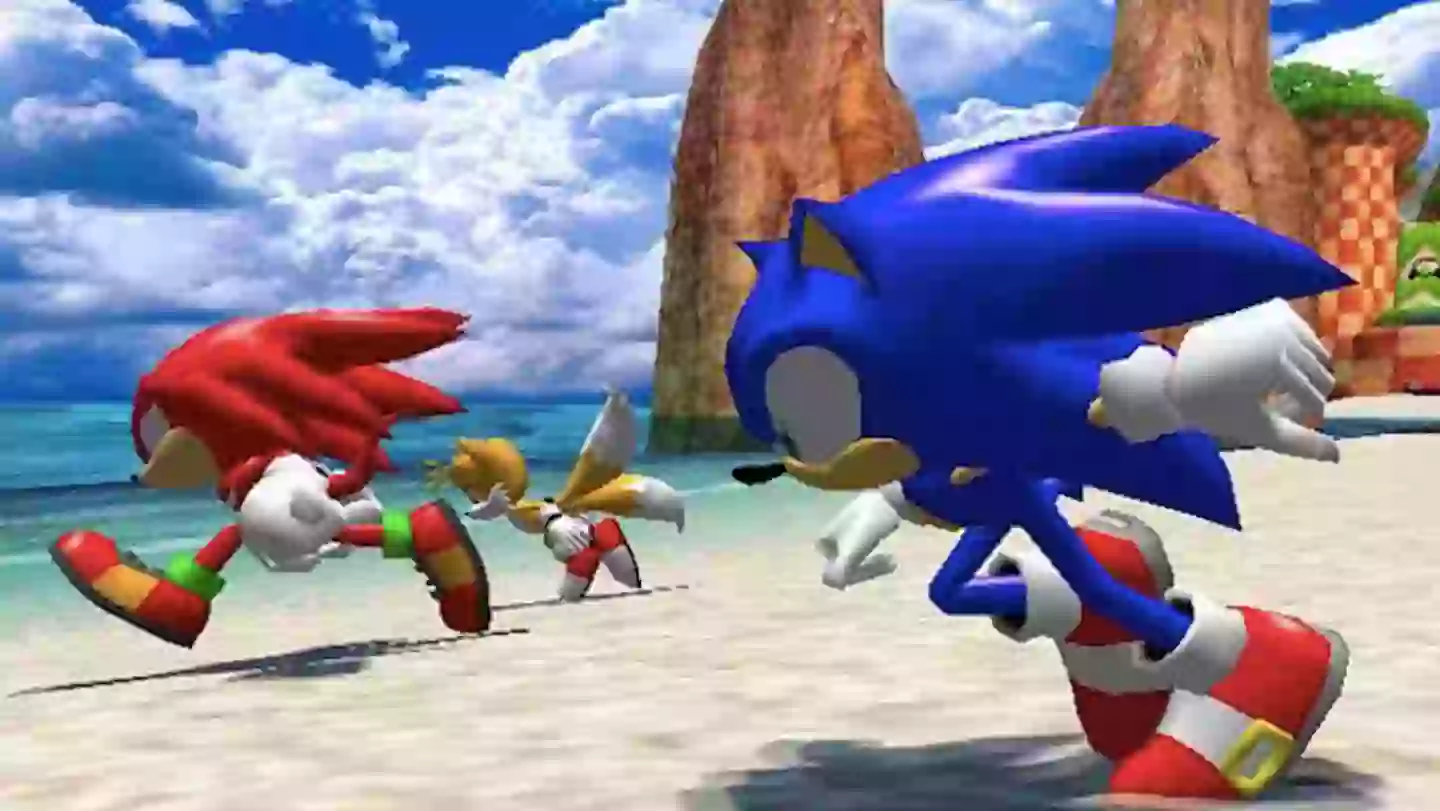
Sonic Heroes (2003)
The first Sonic game made for multiple platforms, this feels like a natural evolution of Sonic Adventure 2’s eclectic roster and action-exclusive gameplay but solves that game’s issue of giving the other characters less exciting things to do like plodding around in mechs or searching for emerald pieces. As a team of three, you all get to experience the same levels but take advantage of each character’s strengths - speed, power, and flight - to overcome different obstacles, and Seaside Hill makes for a strong first impression for these team-based mechanics.
Sadly, it quickly goes downhill due to absolutely horrendous controls where the slightest twitch of the stick might suddenly result in your team sliding right off a platform to their doom. The game’s not lacking in cool set pieces, such as a later stage set in a haunted house, but the execution is agonising as levels drag on far too long, and if you lose all your lives you have to start the stage all over again. Beating it as Team Sonic was painful enough, you couldn’t make me beat it with the other three teams, which are virtually the same stages anyway.
Advert
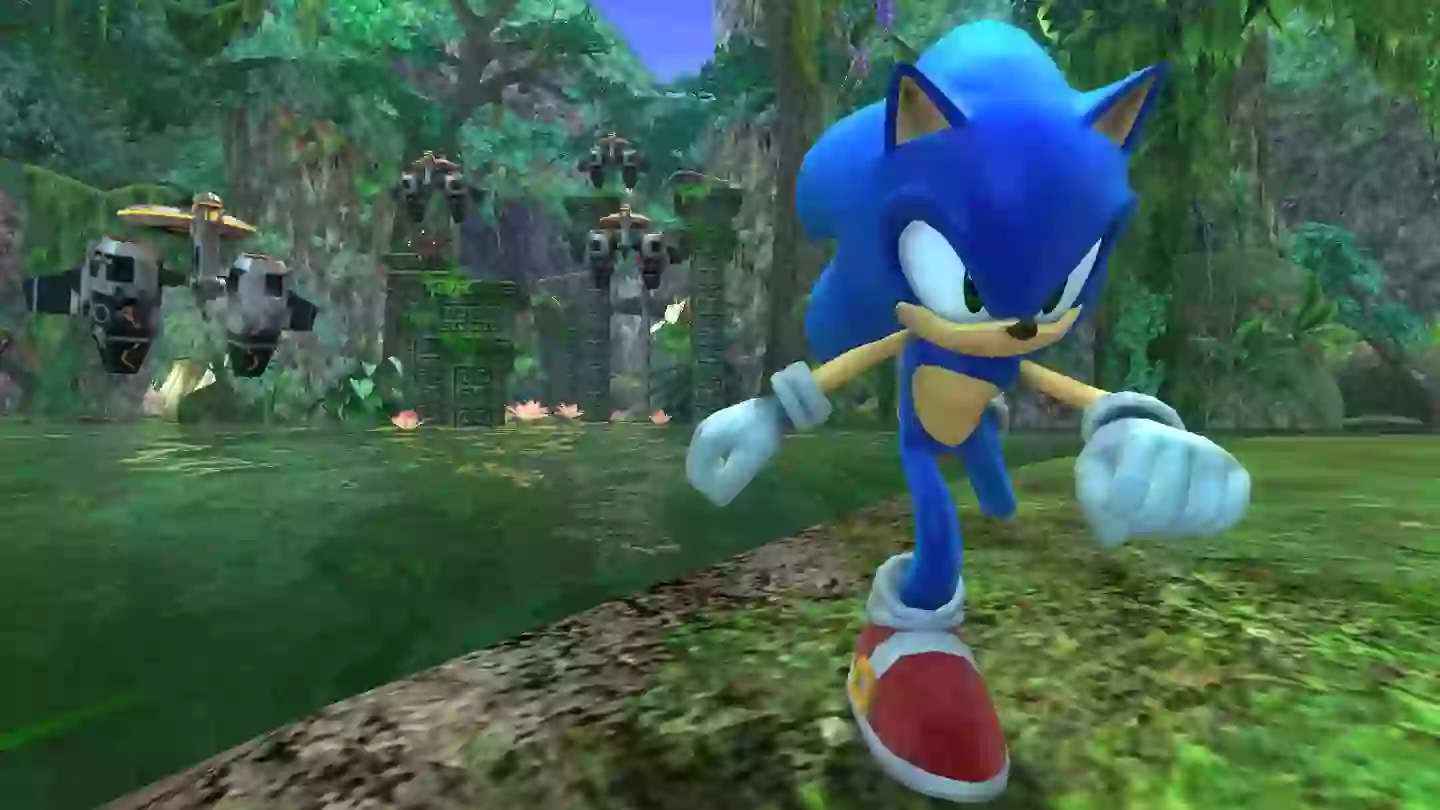
Sonic the Hedgehog (2006)
I have to admit that I didn’t get beyond the first stage before stopping this abomination, which wasn’t completely my fault as it was either a dodgy disc (apart from the game already being infamously broken) or my PS3’s disc drive is knackered, in case you forgot that that pre-PS4/Xbox One consoles actually read the disc to run a game. Look, I said I was going to play the old Sonic games, I didn’t say anything about finishing them.
Frankly, you only need to play the first hour to know you’re onto a real stinker. There’s the just-wrong juxtaposition of the cartoony hedgehog next to photorealistic-looking humans including a redesigned Dr Eggman and Princess Elise, a human girl who’s meant to be Sonic’s love interest. There’s the dreadful number of lengthy loading screens for literally everything, I swear you see about 10 of these before the first stage. But it’s when you’re actually playing the game that you realise just how awful it feels, the combination of controls and camera making even the most basic movement a miserable time, never mind auto-running sections where the analogue movement for dodging obstacles or pitfalls is so laughable. People like to criticise games for being broken but if you really want to know the meaning of that word, then play Sonic ’06.
Advert
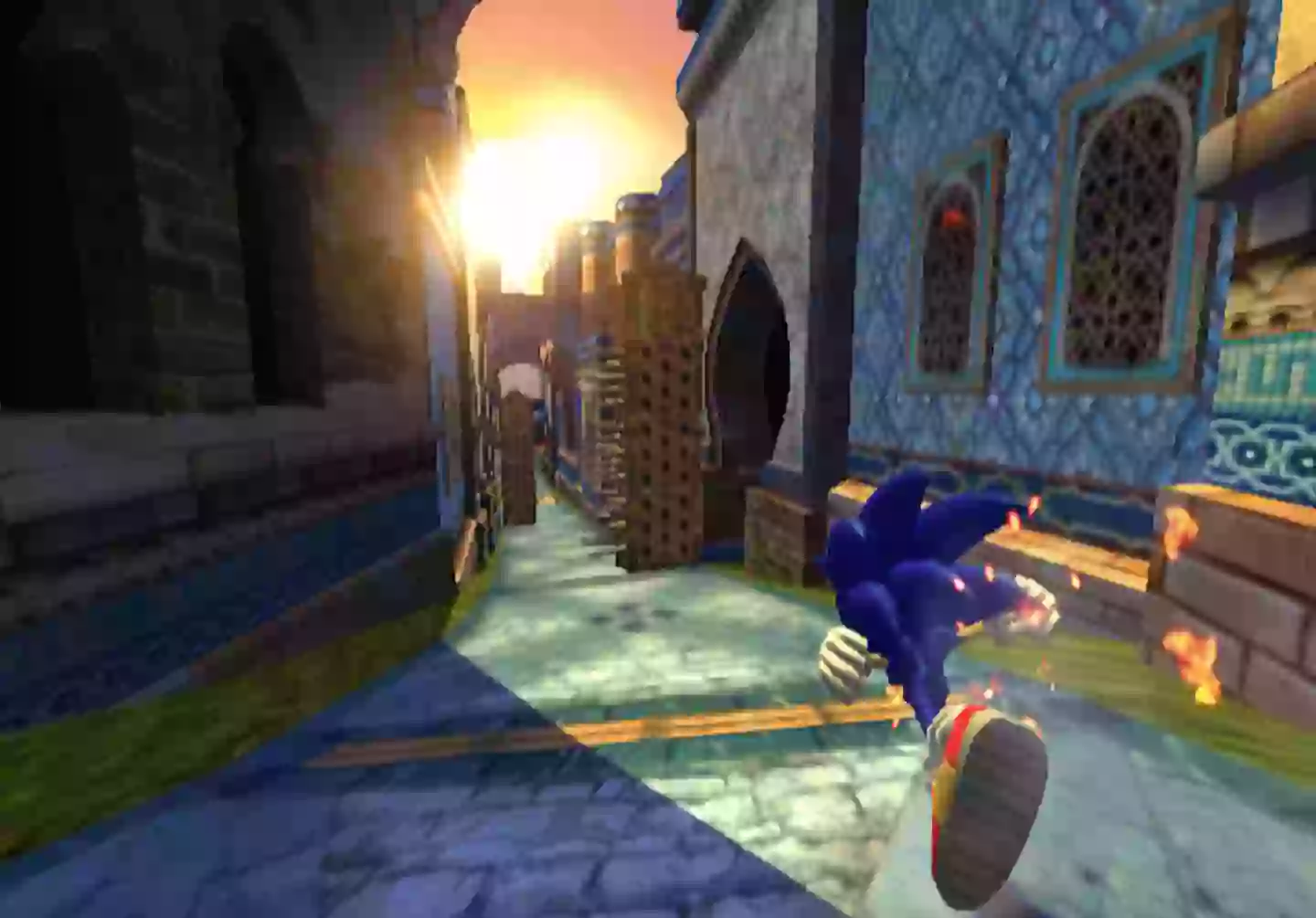
Sonic and the Secret Rings (2007), Sonic and the Black Knight (2009)
Wii audiences were spared a port of Sonic ’06, which was supposed to showcase Sonic’s transition to next-gen (lol), and instead got what can be considered lower-budget spin-offs with the hedgehog getting sucked into storybook worlds of The Arabian Nights and the legends of King Arthur respectively.
Given the troubles of trying to control Sonic in previous games, simplifying things to a semi on-rails auto-runner where you’re mostly moving side to side seems like a good idea at first, while it’s also a relief that Sonic Team did away with a lives system. Ultimately, Secret Rings’ motion controls feel imprecise when the Wiimote’s D-pad could have been used instead of tilting to move left or right, where getting hit completely kills your momentum; and there’s also a confusing structure to which missions you have to finish to progress the story. Suffice to say I tapped out when it became clear I had to complete a mission with stringent challenges.
Advert
Just when Black Knight hands a bit more control back to you, it makes its level paths even narrower while throwing in gimmicky Wii waggle by giving Sonic a sword, which also talks. Much like when Shadow was given a gun, it feels like a further sign of Sonic’s identity crisis where SEGA didn’t know what to do about his signature speed so just threw in other mechanics from other games, hoping they’d stick. I suppose the best thing you can say about these games is that they’re both short.
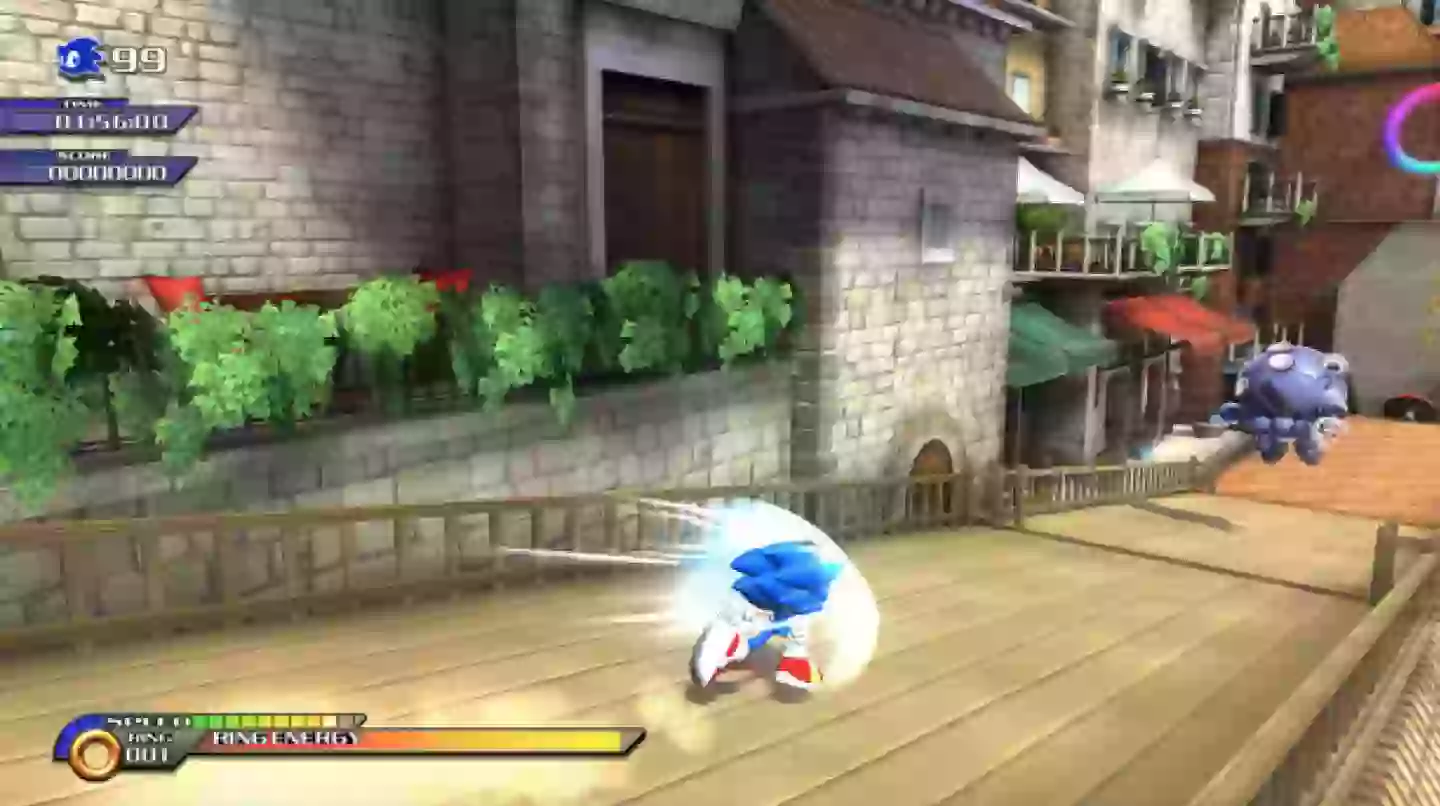
Sonic Unleashed (2008)
This one is probably as polarising as our blue hedgehog himself, when he's split into two to reveal his darker, furrier Werehog alter ego. Some people actually like this, and you can argue it builds a few foundations that have carried over to other modern Sonic games, such as the seamless switching from 3D to side-scrolling gameplay, while the PS3/360 versions’ Hedgehog Engine is still currently in use. The daytime stages are certainly not bad, even though it feels like you’re controlling a car now that Sonic can boost and drift, but Unleashed is brought down by its terribly slow and lengthy nighttime stages that feel like they’re from another game (Jak and Daxter and God of War come to mind).
Advert
Sonic with combat? Honestly, who thought that was what Sonic fans wanted? What makes this worse is that progress is gated by the number of sun and moon medals that have to be collected in each stage or the game’s hub areas (also excruciating to move around in). So if you find yourself short, you’re going to have to replay levels to find the medals you missed previously; and, being longer, you’ll find more of these in those awful nighttime stages. It’s not that I dislike the Werehog’s design per se, it’s just that these levels are a chore to play, and I sympathise with his raging scream whenever you fall to your death. It may not be as awful as Sonic ’06 but it’s still a far cry from being a good Sonic game.
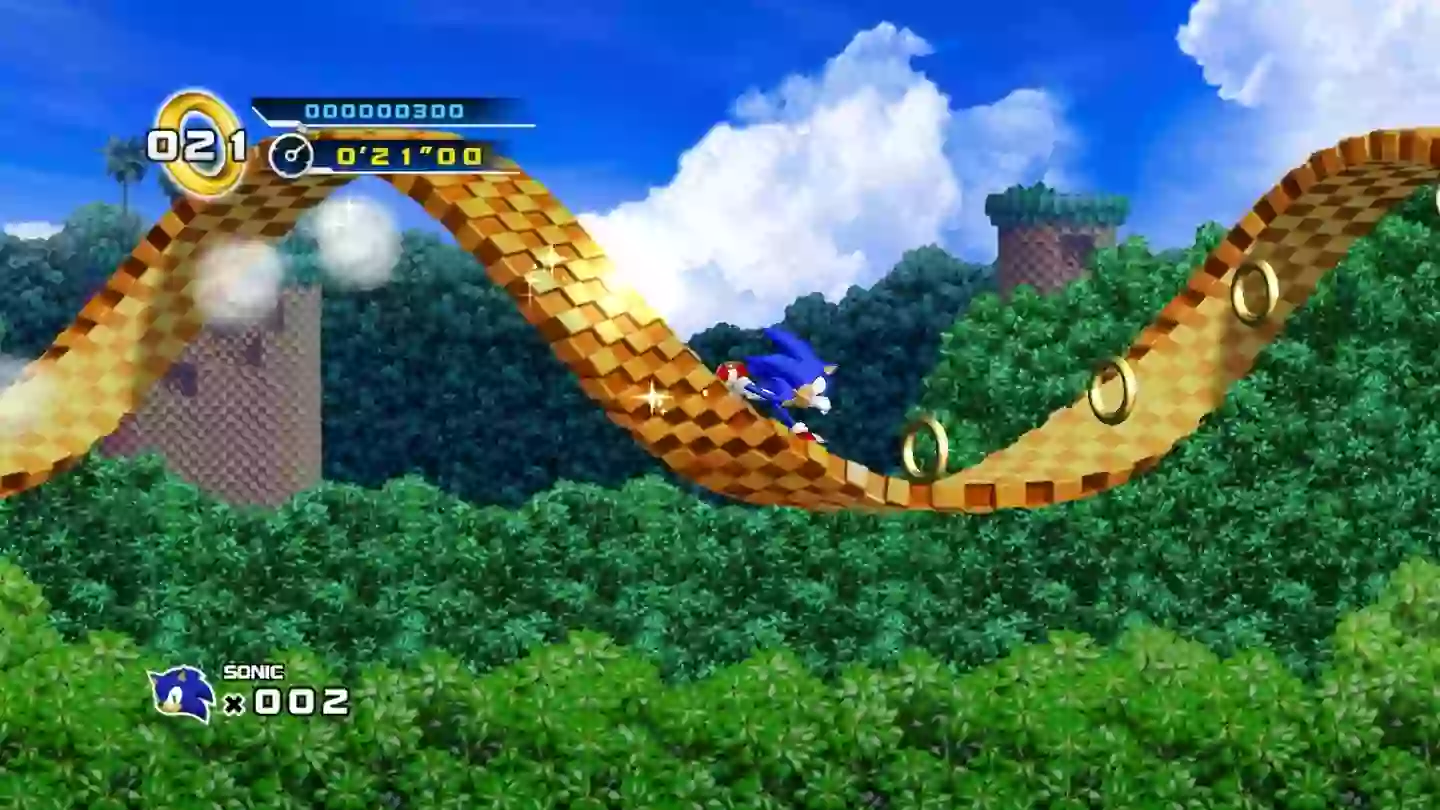
Sonic the Hedgehog 4: Episode I (2010)
I was going to only focus on the 3D Sonic games, plus this was developed by Dimps rather than Sonic Team, but I had to give it a spin because it’s essentially a game I used to think I wanted: what if SEGA made a Sonic game with great 3D graphics but kept to the classic 2D gameplay? Be careful what you wish for because the result is Sonic the Hedgehog 4. I’m usually a fan of cel-shading but it looks atrocious here, though the real problem is that the physics just feel terribly off in comparison to classic Sonic, and don’t fully complement the modern elements like the hedgehog’s homing attack. The number in the title may imply it’s a continuation of the 16-bit games, but it just feels like a misguided homage that doesn’t even hold up to any level from 1991’s original Sonic the Hedgehog. Suffice to say I didn’t bother to check out 2012’s Episode II, and it’s probably for the best that Episode III was shelved.
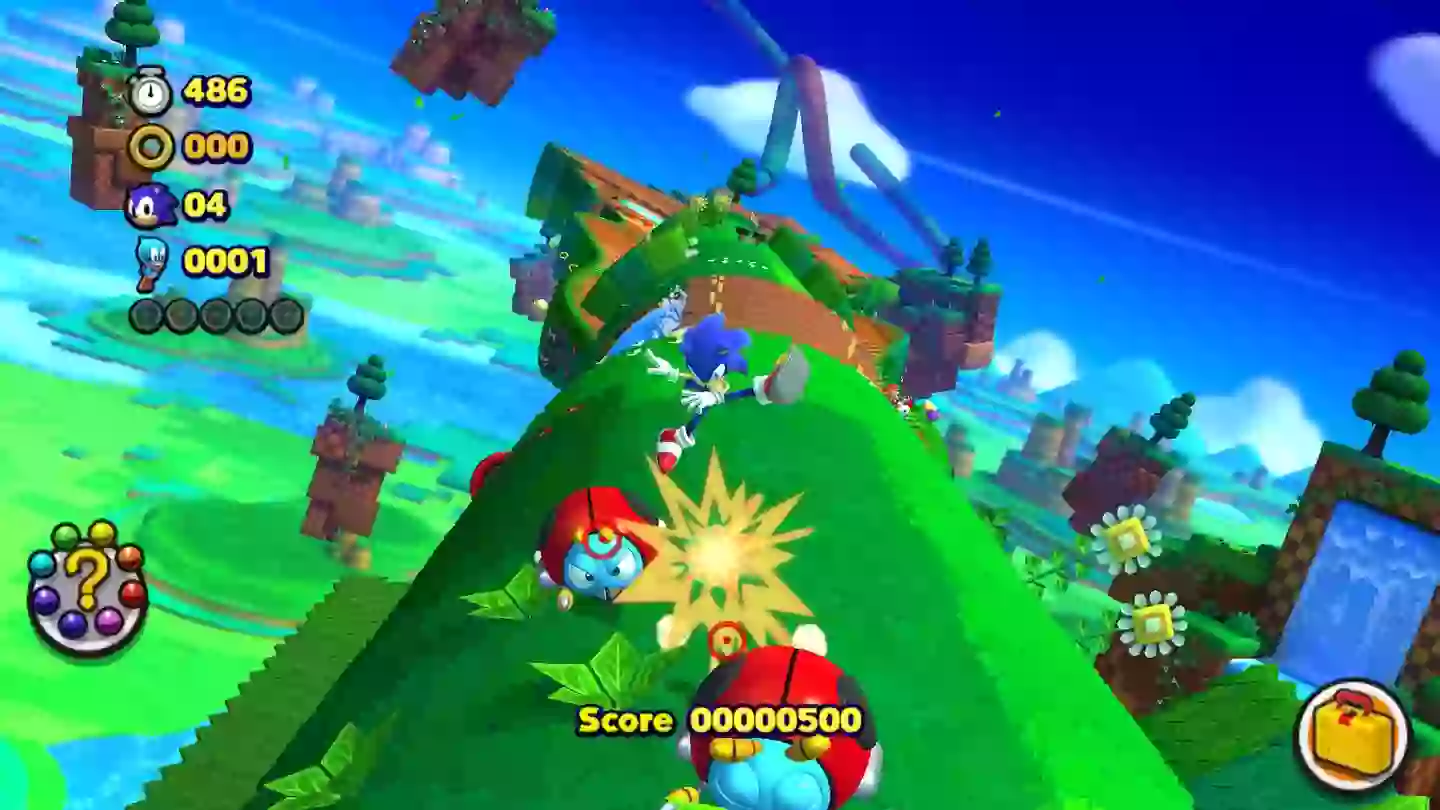
Sonic Lost World (2013)
I’m not sure why it’s so hard to understand that Sonic is defined by his speed, but here we go again. Indeed, Lost World has a smattering of inspirations, from the Mario Galaxy-esque gravity-defying level design to new parkour moves, like ledge-grabbing and wall-running, while Sonic can also double-jump. But when it comes to his signature speed, well, his default pace is more of a casual jog. Honestly, Mario moves faster. Sure, you can get speed back up holding the trigger, and the spin dash returns. But when the fastest thing alive needs to be relying on additional buttons or objects like springs and boosters to do what should come naturally, that’s just not cricket.
It’s a shame because the colourful HD presentation and polished cutscenes feel at home on the Wii U and a better fit for Sonic than the inconsistent darkness the series had been trying to go for in previous years, and there’s some enjoyable set pieces that stand on their own merit. But just when you think Sonic’s out of the wilderness, Sonic Team still feels lost.
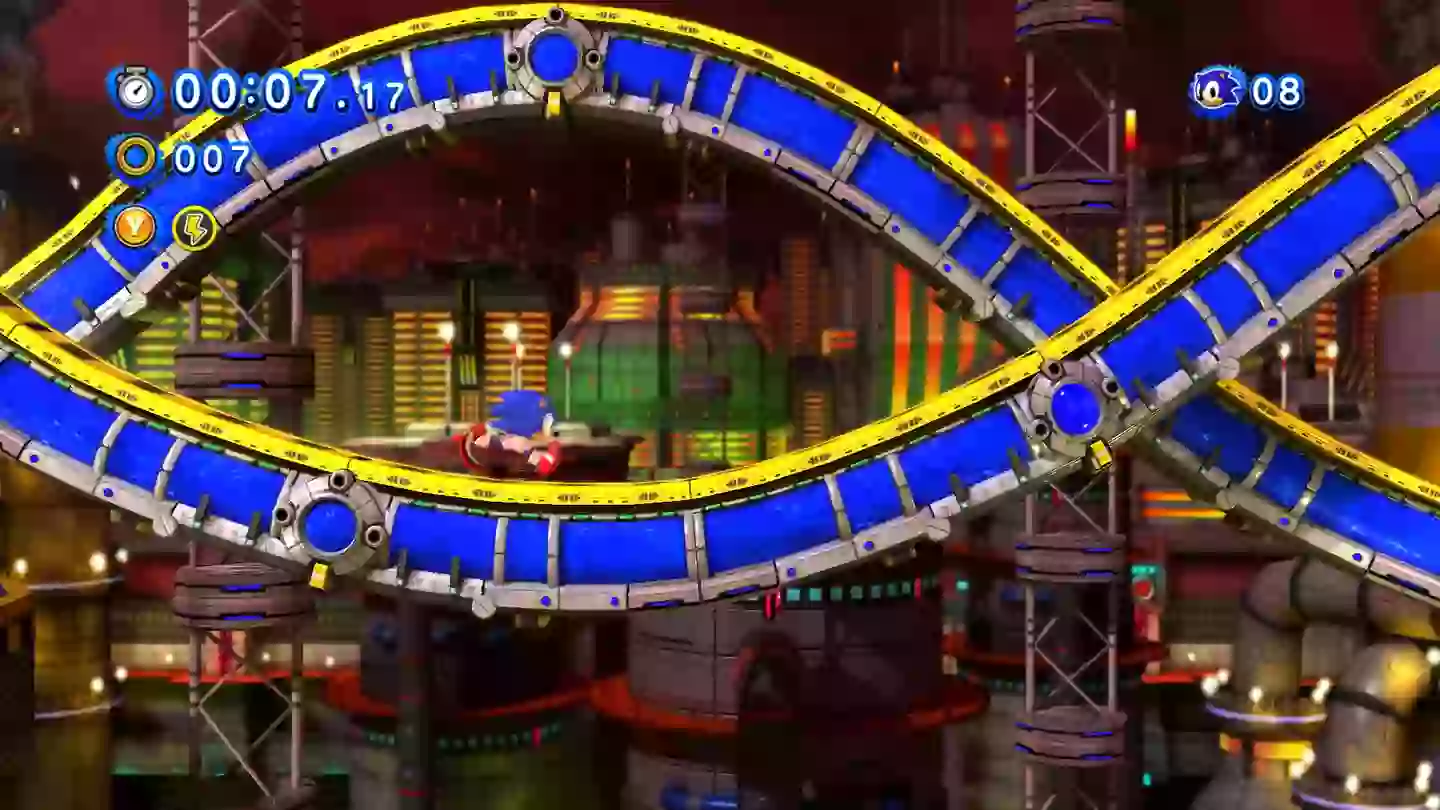
The good ones: Sonic Colors (2010), Sonic Generations (2011)
So yes, this was supposed to be about the bad Sonic games, but there were also reasons to be cheerful as I managed to at least enjoy and actually roll credits for both Sonic Colors and Sonic Generations. Not exactly all-timers that will trouble Mario, but easily strong 7/10s, and that’s enough reason not to write off SEGA’s mascot.
Colors is the easiest to enjoy given it was only remastered in 2021, which is a huge improvement over the Wii original with HD resolution, 60 FPS, and it ditches the lives system. The level designs, flowing between side scrolling and 3D, are both imaginative and tight so that you can speed through them in a couple minutes but fun enough that I’d actually want to replay them to get a better grade or find all the red star rings. The wisps may not be a game changer but it’s just a relief that the game introduces new powers that aren’t to the hedgehog’s detriment.
Generations meanwhile maintains that zippy sense of fun too, while also having the job of celebrating Sonic’s 20-year history, even if that includes a handful of levels from his lesser years. The physics for the classic Sonic stages are still a bit off, though not as bad as Sonic 4, but ultimately you feel the love for the series, and this is once again a Sonic game that doesn’t drag you down or waste your time. Anyone describing both games’ brief lengths as a negative fundamentally doesn’t understand Sonic.
Thankfully, after much of the dark years, 2017’s Sonic Mania also reminded us just how good Sonic could be. Fingers crossed, Frontiers can continue an upward trajectory, but I think it’s important not to forget those past mistakes - not just because they are lessons for SEGA to learn, but sometimes you just need to be able to experience the crushing lows to truly appreciate the highs.
Topics: Sega, Sonic, Opinion, Retro Gaming
